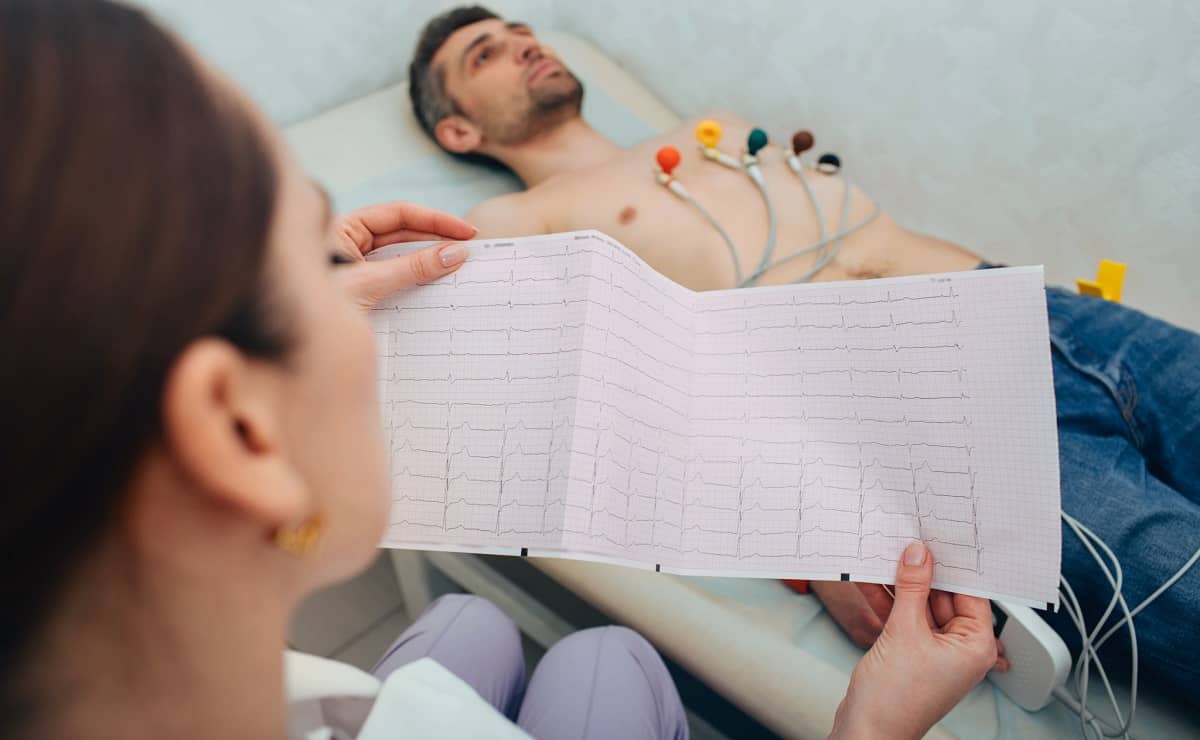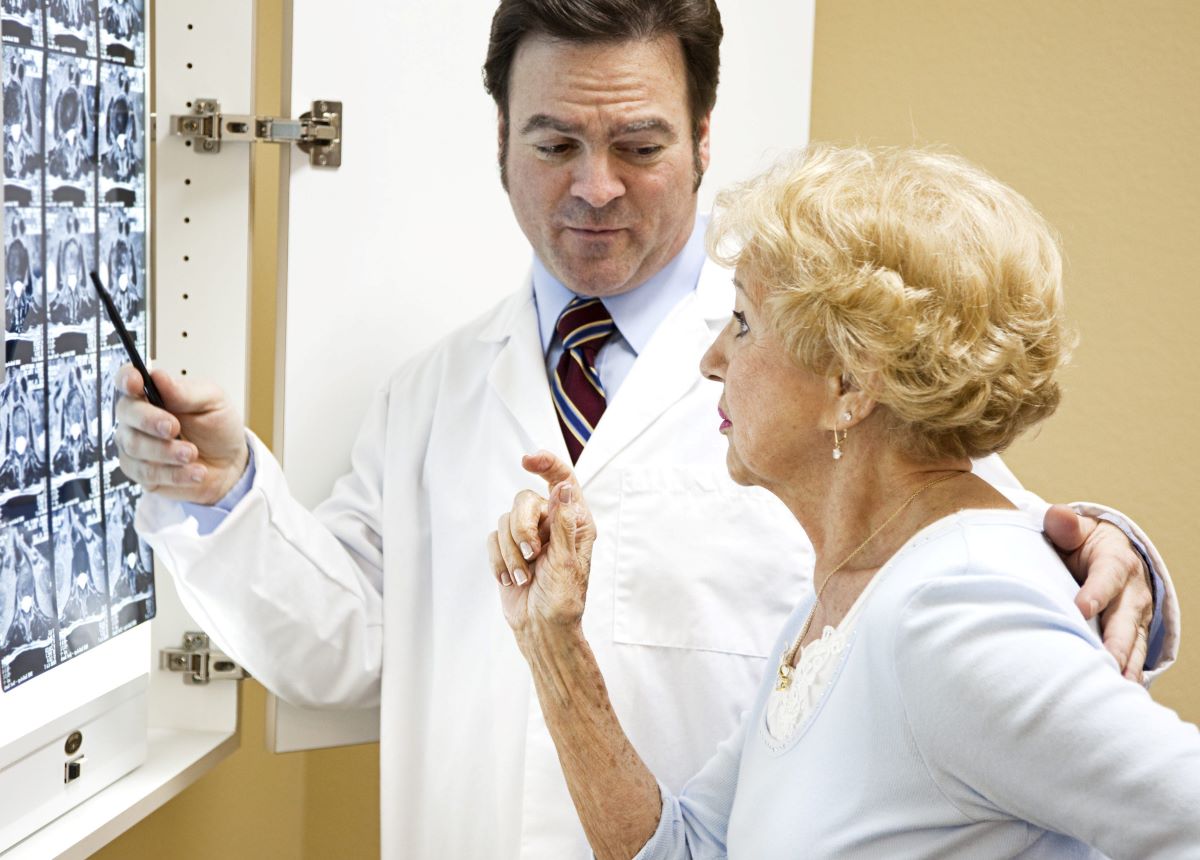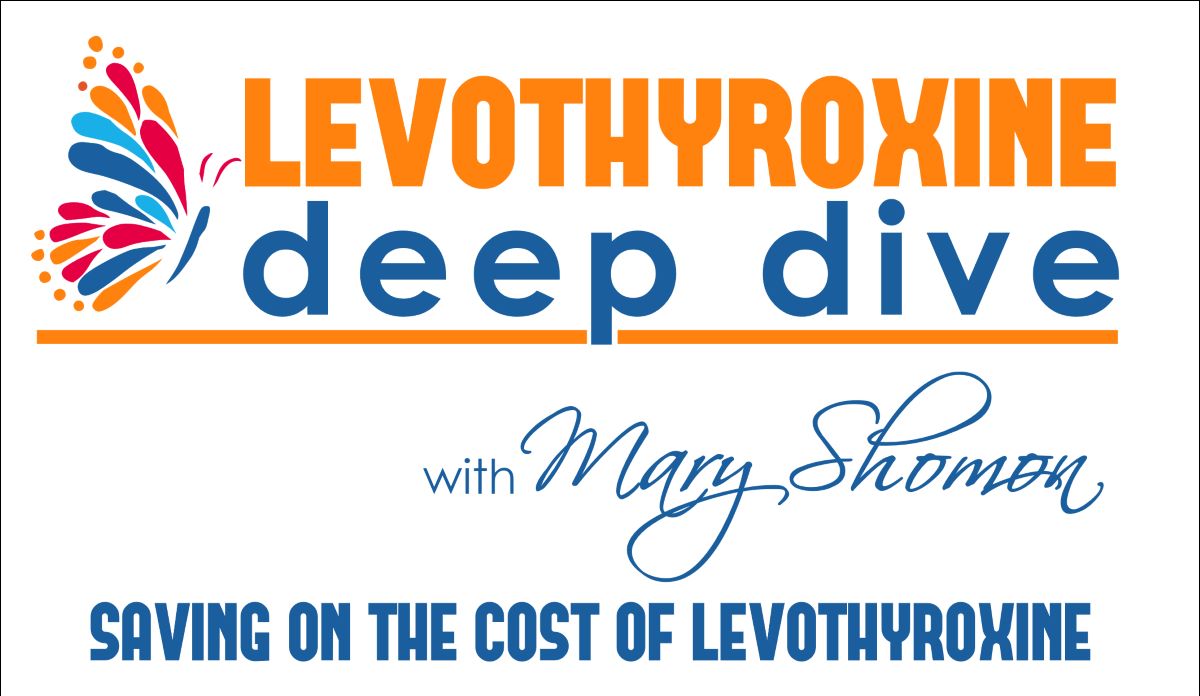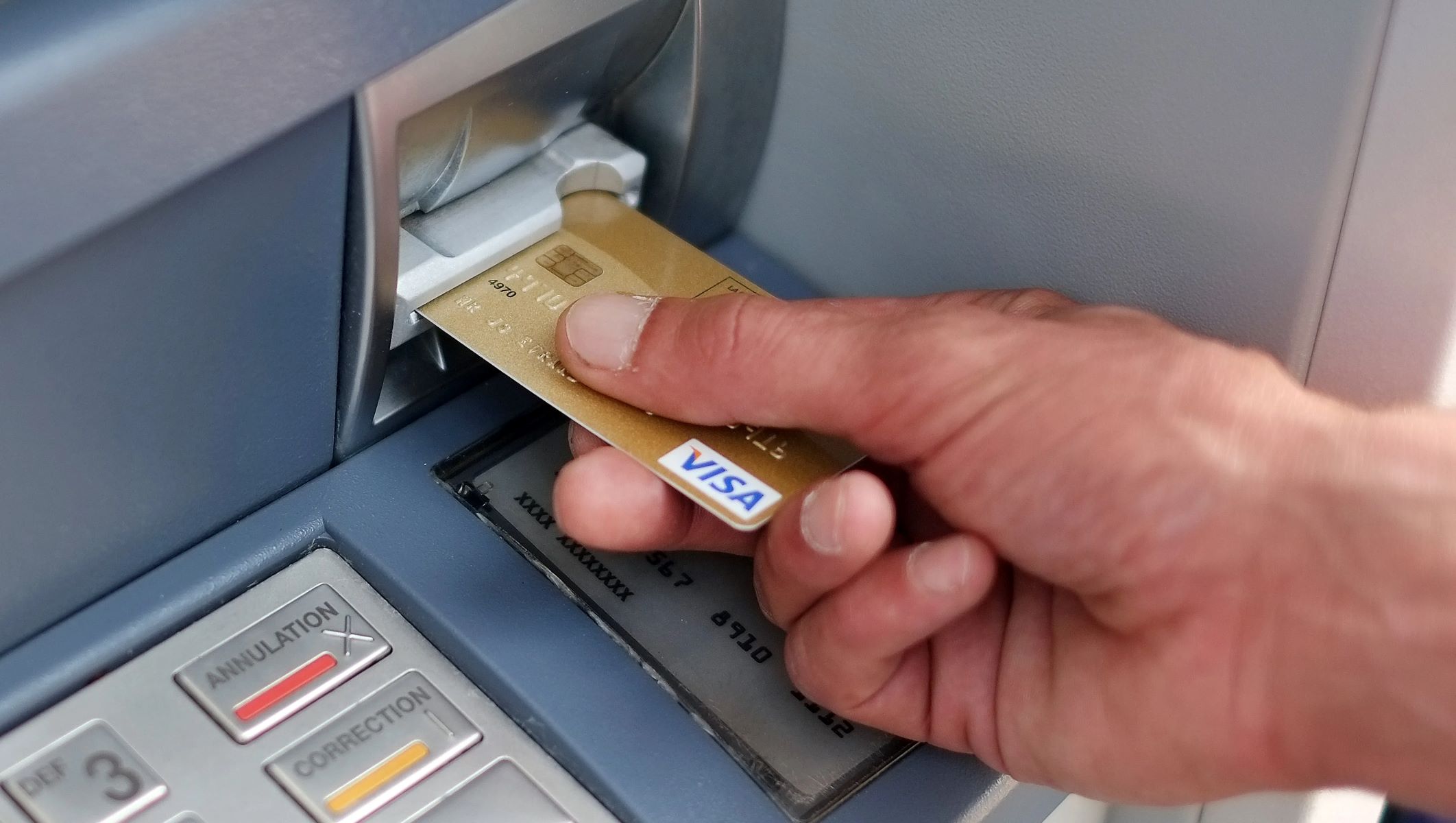Home>Finance>How Much Does A Cat Scan Cost Without Insurance?
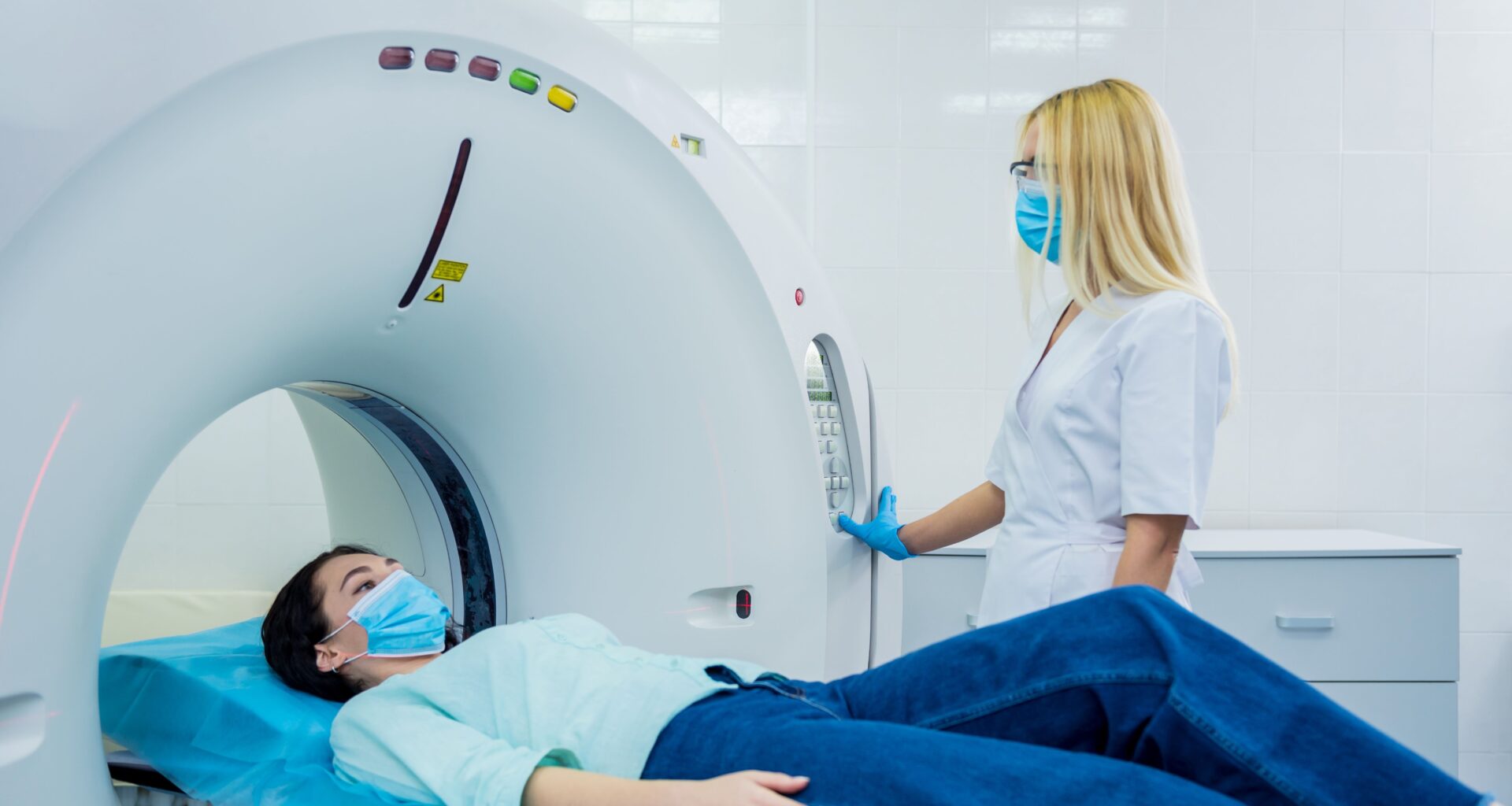

Finance
How Much Does A Cat Scan Cost Without Insurance?
Published: November 11, 2023
Find out the cost of a cat scan without insurance and explore financing options for medical expenses. Take control of your finances and prioritize your health today.
(Many of the links in this article redirect to a specific reviewed product. Your purchase of these products through affiliate links helps to generate commission for LiveWell, at no extra cost. Learn more)
Table of Contents
- Introduction
- Understanding CAT Scans and Their Costs
- Factors Affecting the Cost of a CAT Scan Without Insurance
- Average Cost of a CAT Scan Without Insurance
- Regional Variations in CAT Scan Costs Without Insurance
- Getting a CAT Scan Without Insurance: Options and Resources
- Alternatives to Traditional CAT Scans: Cost and Considerations
- Conclusion
Introduction
Welcome to the world of CAT scans and the cost associated with them. A CAT scan, also known as a CT scan (Computerized Tomography), is a medical imaging procedure that uses a combination of X-rays and computer technology to create detailed images of the inside of the body. It is commonly used to diagnose a wide range of conditions, such as internal injuries, tumors, infections, and bone fractures.
However, like most medical procedures, CAT scans can be quite expensive, especially for those who do not have insurance coverage. Without insurance, the cost of a CAT scan can be a significant financial burden for individuals seeking diagnostic imaging for medical conditions. In this article, we will explore the cost of CAT scans without insurance, the factors that influence the cost, and alternative options available.
Understanding the costs associated with CAT scans without insurance is essential for individuals who may have to bear the full financial burden of these procedures. By being informed, patients can explore cost-effective options and make more informed decisions regarding their healthcare needs.
Understanding CAT Scans and Their Costs
A CAT scan is a non-invasive medical imaging procedure that combines a series of X-ray images taken from different angles to create cross-sectional images of the body. These images provide detailed information about the internal structures, allowing doctors to diagnose and monitor a wide range of conditions. CAT scans are commonly used for head and brain imaging, chest and abdominal scans, and musculoskeletal imaging.
The cost of a CAT scan without insurance can vary significantly depending on various factors. The complexity of the scan, the body part being imaged, the location of the imaging facility, and the provider’s fees are some of the key factors that influence the cost. Additionally, the use of contrast agents, which may be required in some cases to enhance the visibility of specific tissues or organs, can also contribute to the overall cost.
It is important to note that the cost of a CAT scan without insurance is typically higher than the negotiated rates with insurance companies. This is because insurance companies have negotiated discounts with healthcare providers, which can significantly lower the out-of-pocket expenses for insured individuals.
In some cases, healthcare providers may offer different types of CAT scans, such as routine scans, specialized scans, or 3D reconstruction scans. These additional options can impact the cost of the procedure. It is crucial for patients to have a clear understanding of the type of scan recommended by their healthcare provider and the associated costs.
Furthermore, it is worth mentioning that the cost of a CAT scan without insurance does not solely cover the procedure itself. It also includes the interpretation of the images by a qualified radiologist and the report provided to the referring physician. This comprehensive package ensures that patients receive accurate and timely diagnosis and treatment recommendations.
It is important for individuals without insurance coverage to be aware of the potential costs associated with CAT scans. By understanding the factors that influence the cost and being proactive in exploring affordable options, patients can make informed decisions about their healthcare and manage their financial responsibilities effectively.
Factors Affecting the Cost of a CAT Scan Without Insurance
Several factors can influence the cost of a CAT scan without insurance. Understanding these factors can help individuals anticipate the potential expenses and make informed decisions regarding their healthcare needs. Let’s delve into some key factors:
- Location: The geographical location of the imaging facility plays a significant role in determining the cost of a CAT scan. Facilities in urban areas or higher-income neighborhoods may have higher overhead costs, which can be reflected in the price of the procedure.
- Complexity of the scan: The complexity of the CAT scan, such as the body part being imaged and the level of detail required, can impact the cost. For example, a simple head scan may be less expensive compared to an abdominal or musculoskeletal scan.
- Use of contrast agents: In some cases, contrast agents may be used to enhance the visibility of certain tissues or organs. The cost of contrast agents, as well as the additional time and resources required for their administration, can contribute to the overall cost of the CAT scan.
- Provider fees: The fees charged by the healthcare provider performing the CAT scan can vary. Different providers may have different pricing structures, depending on their individual factors such as experience, expertise, and reputation.
- Additional services: Some imaging facilities may offer additional services, such as 3D reconstruction or specialized interpretations by subspecialty radiologists. These additional services can add to the total cost of the procedure.
- Facility type: The type of imaging facility can also affect the cost. Hospitals generally have higher costs compared to independent imaging centers or outpatient clinics. It is worth researching different facilities in your area to find the most affordable option.
It’s important to note that these factors can vary from one location to another and from one provider to another. Therefore, it is advisable to contact multiple healthcare providers, discuss your specific needs, and request cost estimates to compare and make an informed decision about where to get the CAT scan without insurance.
By understanding the factors that affect the cost of a CAT scan without insurance, individuals can better navigate the healthcare system and explore cost-effective options. Being proactive in researching different providers, negotiating prices, and seeking financial assistance if needed can help mitigate the financial impact of the procedure.
Average Cost of a CAT Scan Without Insurance
The cost of a CAT scan without insurance can vary significantly depending on several factors previously mentioned. On average, the cost of a CAT scan without insurance in the United States falls within the range of $500 to $3,000. However, it is important to note that this is just a general estimate, and the actual cost can be higher or lower depending on the specific circumstances.
For instance, a routine head scan may have a lower cost compared to a more complex abdominal or musculoskeletal scan. The use of contrast agents can also increase the overall cost of the procedure. Additionally, the geographical location and the provider’s fees can have a substantial impact on the final price.
It is crucial to highlight that prices can vary significantly between different healthcare facilities and providers. Therefore, it is advisable to contact multiple imaging centers and request price quotes to compare and find the most affordable option.
Moreover, it is worth noting that some hospitals and imaging centers may offer financial assistance programs or payment plans for individuals without insurance. These programs can help alleviate the financial burden by providing discounted rates or flexible payment options based on the patient’s income and financial situation.
While the cost of a CAT scan without insurance can be significant, it is essential to prioritize your health and seek the necessary medical imaging when needed. Delaying or avoiding necessary scans due to financial concerns can lead to delayed diagnosis or treatment, potentially impacting your overall health and well-being.
Before scheduling a CAT scan, it is crucial to have a transparent discussion with the healthcare provider and the imaging facility about the cost and payment options. This will ensure that you have a clear understanding of the financial obligations and can make an informed decision.
In summary, the average cost of a CAT scan without insurance can range from $500 to $3,000 or more, depending on various factors such as the complexity of the scan, location, use of contrast agents, and provider fees. It is recommended to research and compare prices from different facilities, consider financial assistance programs, and prioritize your health when making decisions about diagnostic imaging.
Regional Variations in CAT Scan Costs Without Insurance
The cost of a CAT scan without insurance can vary significantly depending on the region or area where the procedure is performed. Regional variations in healthcare costs, overhead expenses, and market competition can contribute to these differences.
In general, urban areas and major cities tend to have higher healthcare costs compared to rural or less densely populated areas. This is often due to higher operational expenses such as rent, utilities, and labor costs. As a result, individuals living in urban areas may expect higher CAT scan prices compared to those in rural or suburban areas.
Moreover, regional variations in healthcare reimbursement rates and market dynamics can also impact the cost of CAT scans without insurance. In regions with a higher concentration of healthcare facilities, there may be more market competition, leading to lower prices. On the other hand, areas with limited options and higher demand may experience higher prices due to less competition.
It’s also important to consider the differences in healthcare systems across countries. The cost of a CAT scan without insurance can vary significantly from one country to another due to variations in healthcare policies, regulations, and pricing structures.
To get a better understanding of the regional variations in CAT scan costs without insurance, it is recommended to contact multiple imaging centers or hospitals in your area. Requesting price quotes and comparing prices can help you identify the most affordable options available to you.
Additionally, it may be worth exploring nearby regions or neighboring cities to see if there are significant price differences. In some cases, traveling to a different region for a lower-cost CAT scan may be a viable option, especially if the cost savings outweigh the travel expenses.
It’s essential to keep in mind that while price is an important consideration, the quality and reputation of the healthcare facility should not be overlooked. Choosing a reputable facility with experienced radiologists and advanced technology is crucial for accurate and reliable diagnostic results.
In summary, regional variations in CAT scan costs without insurance are influenced by factors such as healthcare market dynamics, regional healthcare reimbursement rates, and the level of market competition. Urban areas and regions with limited healthcare options may have higher prices, while areas with more competition or lower operational costs may offer more affordable options. Researching and comparing prices from different facilities in your region, as well as considering nearby regions, can help you find the most cost-effective choice without compromising on quality.
Getting a CAT Scan Without Insurance: Options and Resources
For individuals without insurance, the cost of a CAT scan can be a significant financial burden. However, there are options and resources available to help manage the expenses and make the procedure more affordable.
1. Negotiate with healthcare providers: Many healthcare facilities are open to negotiating prices, especially for individuals without insurance. Reach out to different imaging centers or hospitals, explain your situation, and inquire about potential discounts or payment plans. Some providers may be willing to offer reduced rates or flexible payment options to make the CAT scan more affordable for you.
2. Research discounted imaging centers: Look for independent imaging centers or outpatient clinics in your area that offer discounted rates. These facilities may have lower overhead costs compared to hospitals, resulting in more affordable prices for the same quality of care. Research online or ask your healthcare provider for recommendations.
3. Explore Medicaid or other state programs: Depending on your income and residency status, you may be eligible for Medicaid or other state-sponsored programs that can provide coverage for medical procedures, including CAT scans. Check with your state’s Department of Health or Social Services to see if you qualify for any assistance programs.
4. Seek community assistance: Local community organizations and charities may offer financial assistance or grants to individuals in need of medical procedures. Contact local non-profit organizations or hospitals to inquire about any available resources or financial aid programs that can help cover the cost of a CAT scan.
5. Consider clinical trials or research studies: Some medical research institutions may offer free or discounted CAT scans as part of their clinical trials or research studies. These studies often require participants and provide comprehensive medical evaluations at no cost. Look for ongoing studies in your area or consult with your healthcare provider for potential opportunities.
Remember, the cost of a CAT scan without insurance can vary significantly, so it is important to explore all available options and resources. Be proactive in reaching out to healthcare providers, researching discounted facilities, and seeking financial assistance programs to ensure you receive the care you need without overwhelming financial strain.
Finally, always prioritize your health and consult with a healthcare professional if you believe a CAT scan is necessary. They can provide guidance on the best course of action and help you navigate the process of obtaining a CAT scan without insurance.
Alternatives to Traditional CAT Scans: Cost and Considerations
While traditional CAT scans are commonly used for diagnostic imaging, there are alternative imaging options available that may be more cost-effective for individuals without insurance. These alternatives can provide valuable medical information while potentially reducing the financial burden. Here are some alternative options to consider:
- Magnetic Resonance Imaging (MRI): MRI uses a magnetic field and radio waves to create detailed images of the body parts. It is particularly useful for soft tissue imaging, such as the brain, spine, and joints. While MRIs can be more expensive than CAT scans, they provide excellent resolution and do not expose patients to ionizing radiation. Some healthcare facilities may offer discounted rates or payment plans for MRI scans, making it a viable alternative.
- Ultrasound: Ultrasound imaging uses sound waves to produce real-time images of the body’s organs and structures. It is commonly used for prenatal imaging, as well as examining the abdomen, pelvis, and vascular system. Ultrasounds are non-invasive, cost-effective, and do not involve radiation. However, they may have limitations in certain areas, such as bone imaging.
- X-Rays: X-rays are a commonly used imaging technique that is relatively inexpensive and widely available. They can provide valuable information for bone fractures, lung conditions, and certain abdominal issues. X-rays involve minimal exposure to radiation and can be a more affordable option compared to CAT scans. However, they may not provide the same level of detailed information as other imaging modalities.
- Digital Radiography: Digital radiography utilizes digital sensors to capture X-ray images, offering improved image quality and lower radiation exposure compared to traditional film-based X-rays. It is used for various types of imaging, from dental X-rays to chest X-rays. The cost of digital radiography can vary depending on the specific procedure and the healthcare provider.
- Telemedicine and Second Opinions: In some cases, seeking a second opinion through telemedicine can provide valuable insights and help confirm a diagnosis without the need for additional imaging. Consulting with a qualified healthcare professional remotely can help reduce costs while ensuring proper medical guidance.
When considering alternative imaging options, it is crucial to consult with your healthcare provider to determine the most appropriate choice for your specific medical condition. Each alternative has its advantages and limitations, and the decision should be based on your individual needs and circumstances.
Additionally, it is important to discuss the cost and potential financial assistance options with the healthcare provider or imaging facility beforehand. They may offer discounted rates, payment plans, or guidance on available resources to help make the alternative imaging option more affordable.
Remember, while exploring alternative imaging options can help mitigate costs, it is crucial to prioritize your health and follow the recommendations of your healthcare provider. They can provide guidance on the most suitable imaging option to ensure accurate diagnosis and effective treatment.
Conclusion
Obtaining a CAT scan without insurance can be a daunting prospect due to the potential costs involved. However, by understanding the factors that influence the cost, exploring alternative options, and utilizing available resources, individuals can navigate the process more effectively while managing their financial responsibilities.
While the average cost of a CAT scan without insurance can range from $500 to $3,000 or more, it is important to note that the actual cost can vary depending on factors such as the complexity of the scan, location, use of contrast agents, and provider fees. Researching and comparing prices from different imaging centers, negotiating with healthcare providers, and seeking assistance from community organizations or state programs can help individuals find more affordable options.
When traditional CAT scans are financially challenging, alternative imaging options such as MRI, ultrasound, X-rays, digital radiography, or seeking a second opinion through telemedicine may be considered. It is crucial to consult with healthcare providers to determine the most appropriate alternative option based on individual needs and medical conditions.
Remember, your health should always remain the top priority. While financial considerations are important, delaying necessary medical imaging can potentially lead to delayed diagnosis and treatment. By staying informed, reaching out for assistance when needed, and exploring cost-effective options, individuals can take control of their healthcare journey and make informed decisions.
In summary, obtaining a CAT scan without insurance may seem challenging, but there are options and resources available. By advocating for yourself, researching prices, negotiating, and exploring alternative options, you can mitigate the financial burden and receive the necessary diagnostic imaging for your healthcare needs.
Always remember to consult with healthcare professionals for proper guidance and ensure that your health remains a priority throughout the process. With knowledge, persistence, and proactive efforts, you can navigate the world of CAT scans without insurance and prioritize your well-being.



